
AeroGenie - مساعد الطيار الذكي الخاص بك.
الرائج الآن
Categories
Boeing Removes Final 737-8 from Post-Grounding Storage
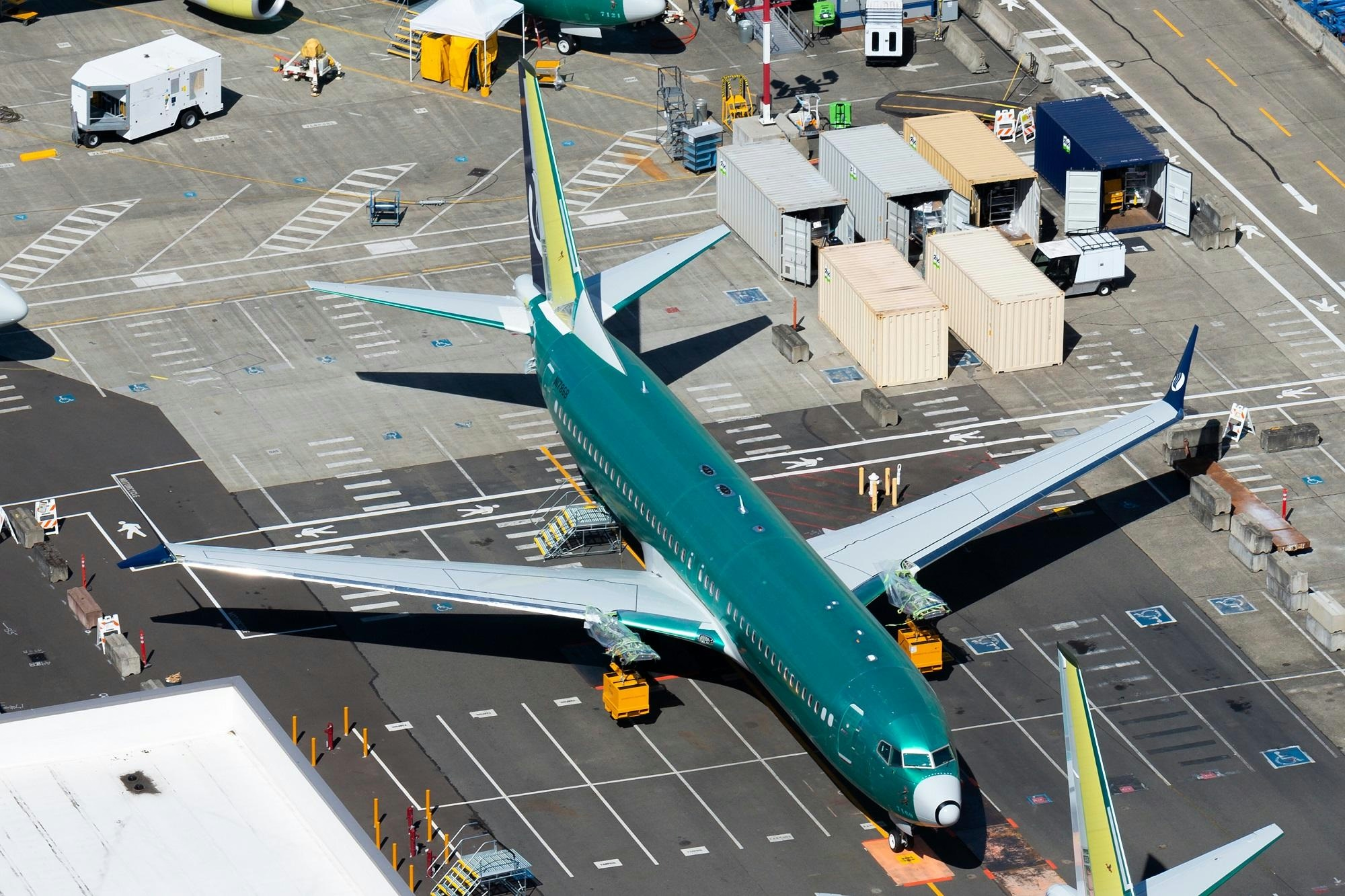
Boeing Removes Final 737-8 from Post-Grounding Storage
Boeing has marked a significant milestone in the recovery of its 737 MAX program by removing the last 737-8 aircraft from long-term storage at Moses Lake. This development follows the global grounding of the 737 MAX fleet in 2019 and signals the completion of a major phase in the program’s rehabilitation. According to an internal Boeing News Now report obtained by FlightGlobal, all MAX jets that had been stored since the grounding have now been reactivated and are prepared for delivery.
Recovery Efforts and Storage Challenges
The extensive recovery operation, internally dubbed the “shadow factory” rework, encompassed nearly 500 737-8 and 737-9 aircraft. The worldwide grounding of the 737 MAX line lasted from March 2019 until November 2020 in the United States, with some countries imposing longer restrictions. This followed two fatal crashes involving Lion Air in 2018 and Ethiopian Airlines in 2019. The situation was further complicated by the COVID-19 pandemic, which led to a sharp decline in air travel demand and caused airlines to defer deliveries. Despite these challenges, Boeing continued production, resulting in a significant backlog of undelivered aircraft.
To manage the surplus, Boeing stored completed jets at multiple facilities, including locations in San Antonio Lackland, Victorville, and the Seattle area. The final airframe to exit storage was an undelivered 737-8, line number 7813, originally built for Air China. According to ch-aviation data, this aircraft, registered as B-20DJ (msn 60923), first flew in November 2019 but was immediately placed into storage. It was recently flown out of Moses Lake under the temporary US registration N56807, en route to Victorville, using the same callsign previously assigned to B-20DJ.
Market Outlook and Boeing’s Inventory
Air China’s latest half-year report revealed plans to add eight 737s in the second half of 2025 and another twelve in 2027, with no deliveries scheduled for 2026. The airline currently operates a fleet comprising seventeen 737-700s, twenty-eight 737-8s, and eighty-seven 737-800s.
During a recent earnings call, Boeing’s Chief Financial Officer Brian West disclosed that the company ended the second quarter of 2025 with approximately 20 pre-2023 737-8s still in inventory, all destined for Chinese customers. West indicated that Boeing expects to complete the rework on these aircraft and close the shadow factory by the third quarter of 2025.
As of July 31, 2025, Boeing reported unfulfilled orders for the 737 MAX family totaling 4,856 aircraft, with 243 units delivered so far this year, contributing to a target of more than 400 deliveries.
Industry Challenges and Competitive Landscape
While the removal of the final 737-8 from storage represents progress for Boeing’s single-aisle program, the market response remains cautious. Persistent concerns regarding the 737 MAX’s safety and ongoing regulatory scrutiny continue to affect customer confidence. Competitors, notably Airbus, may leverage this environment to highlight the reliability and safety of their own aircraft, potentially eroding Boeing’s market share. Furthermore, industry analysts note that the politicization of commercial aircraft sales could further complicate Boeing’s efforts to rebuild trust and secure new orders in an intensely competitive and closely monitored market.
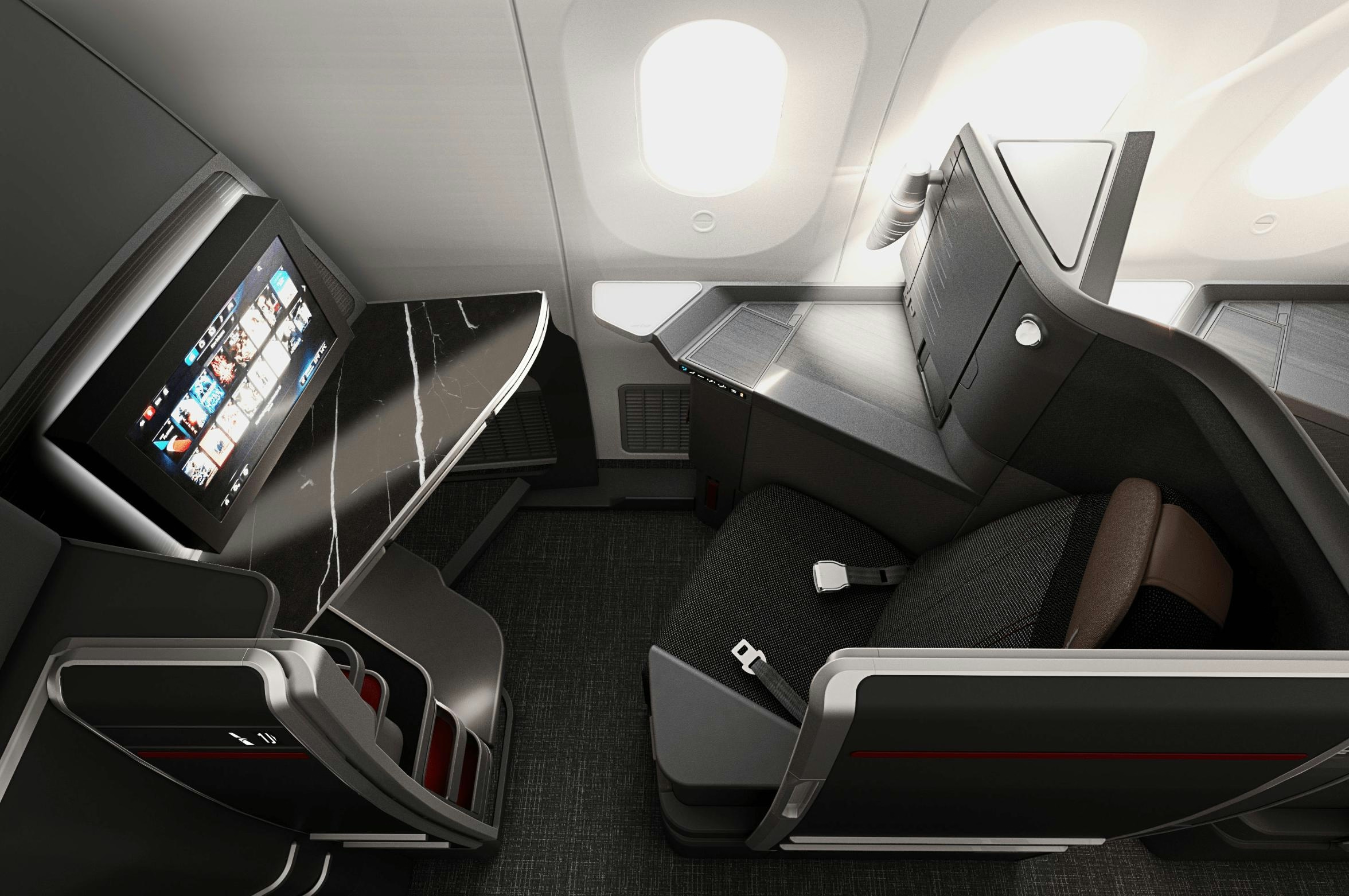
American Airlines Uses AI to Enhance Travel Experience and Support Tourism

CORRIDOR Introduces AI Operations Manager in Partnership with West Star Aviation
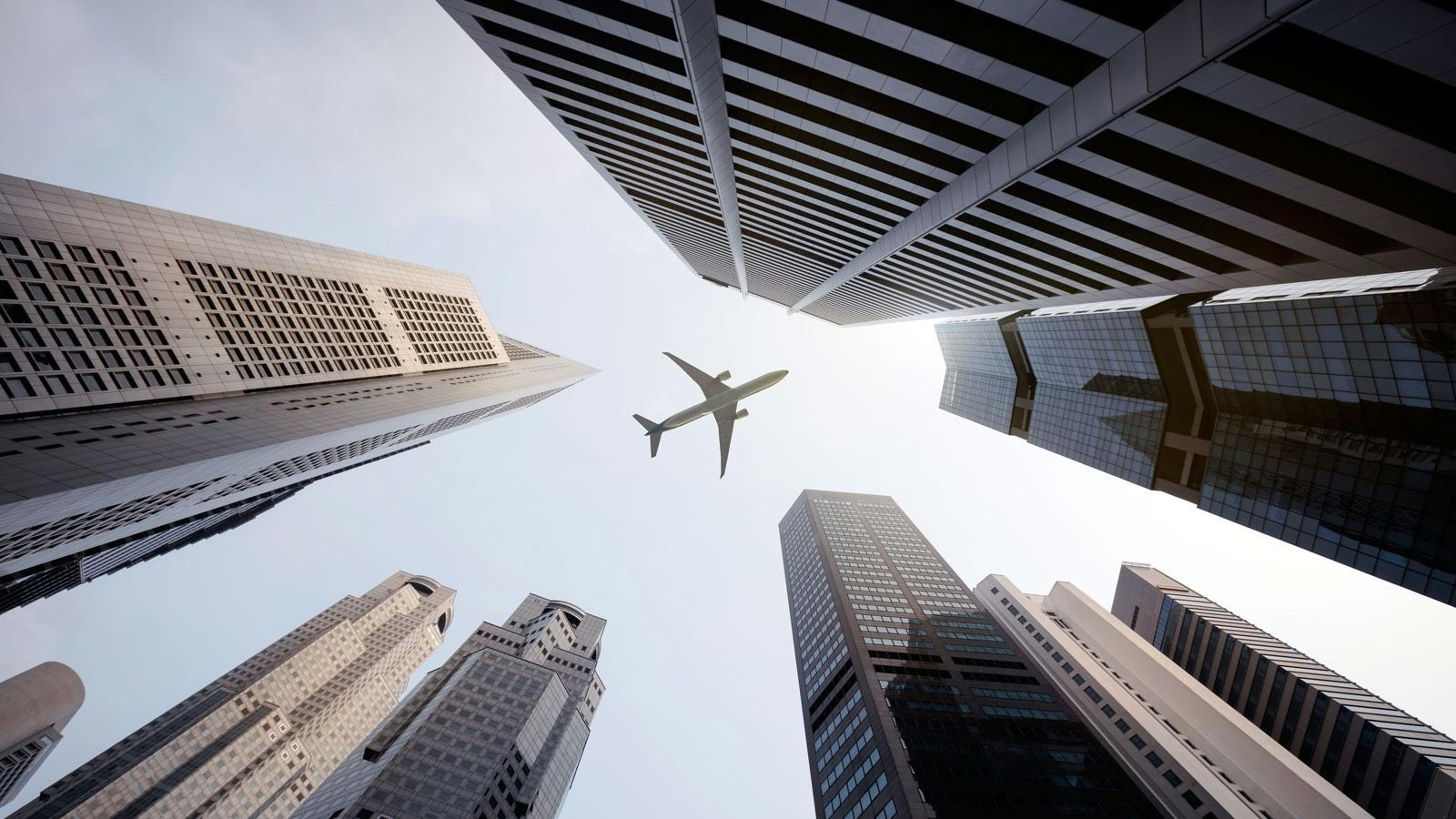
IATA Warns Supply Chain Issues Could Slow Airline Growth

The Economics of Dismantling a Six-Year-Old Aircraft

Honeywell Forecasts Record Demand for Business Jets
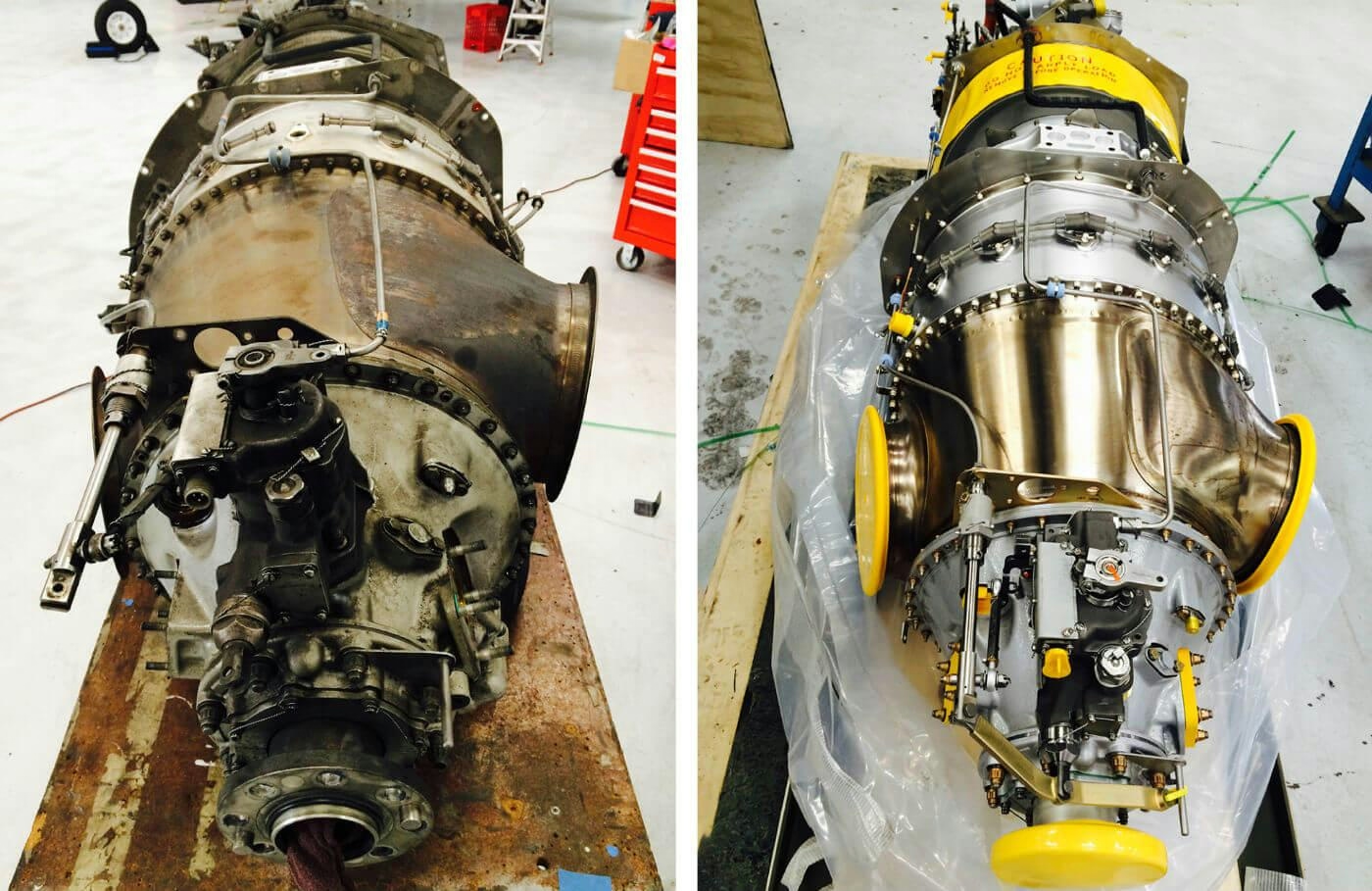
Blackhawk Group Receives STC for TBM Engine Upgrade
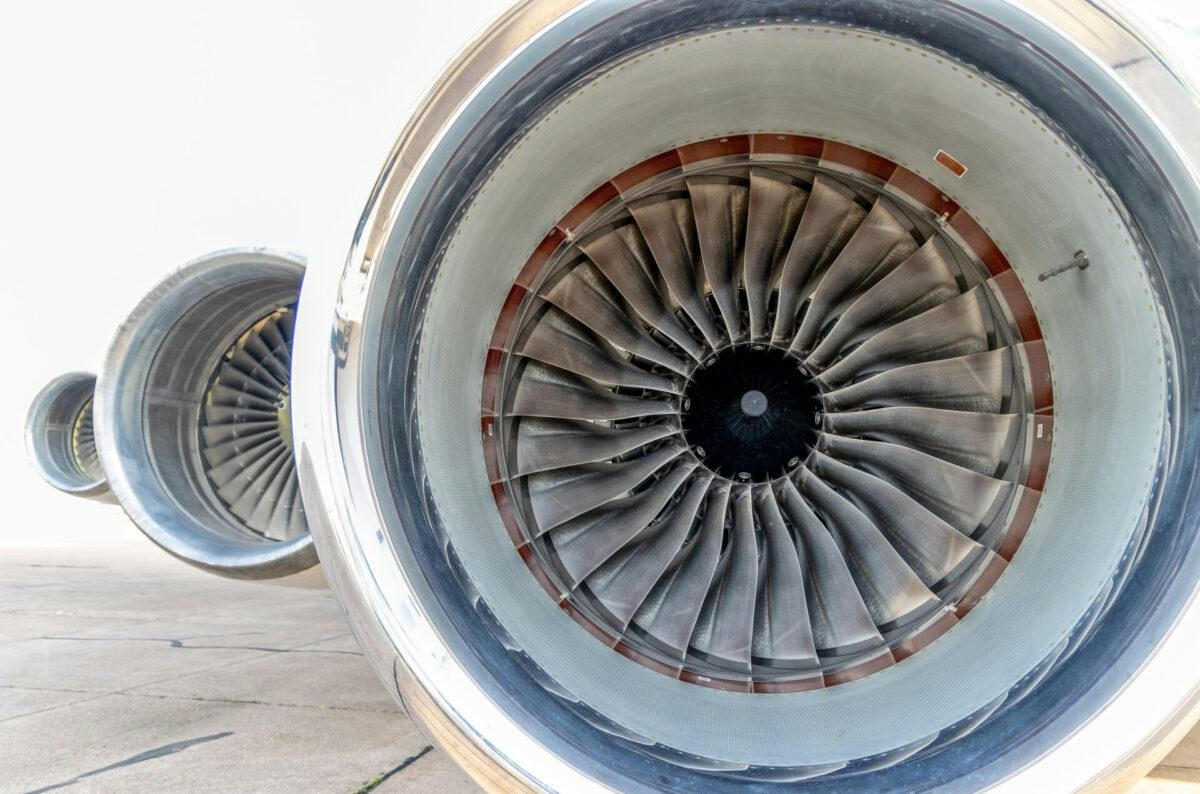
BA CTO: No Engines Delivered On Time in 2025
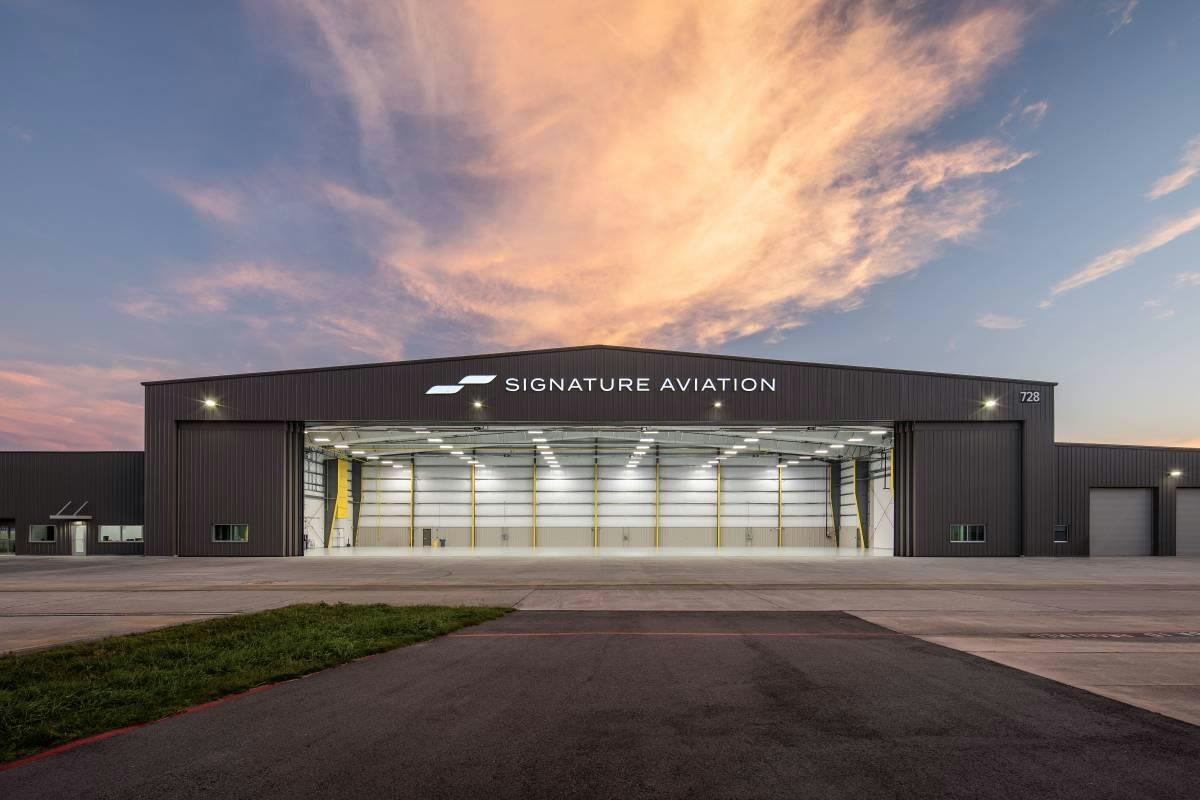
Signature Aviation Launches Digital Platform for Aviation Real Estate Search

IS&S Rebrands as Innovative Aerosystems to Focus on Aviation Technology
